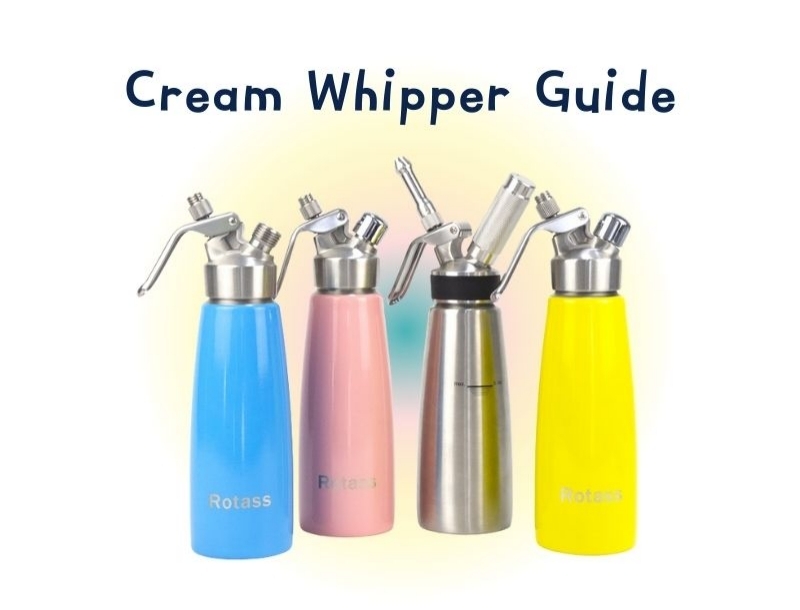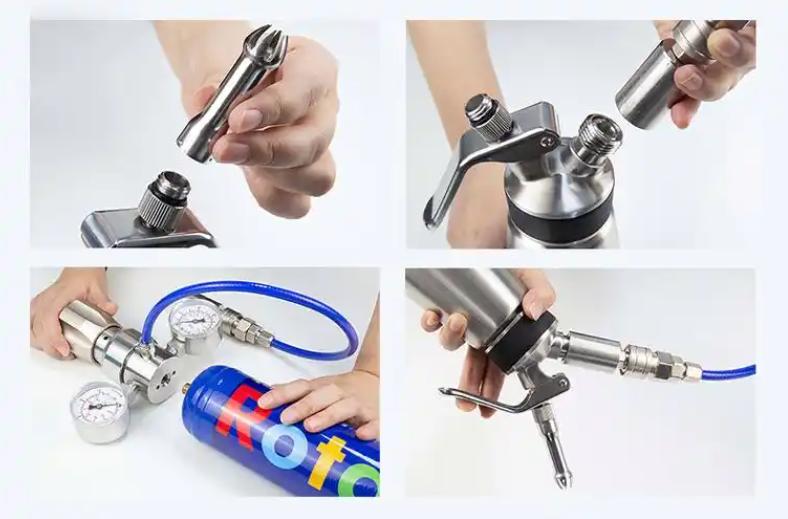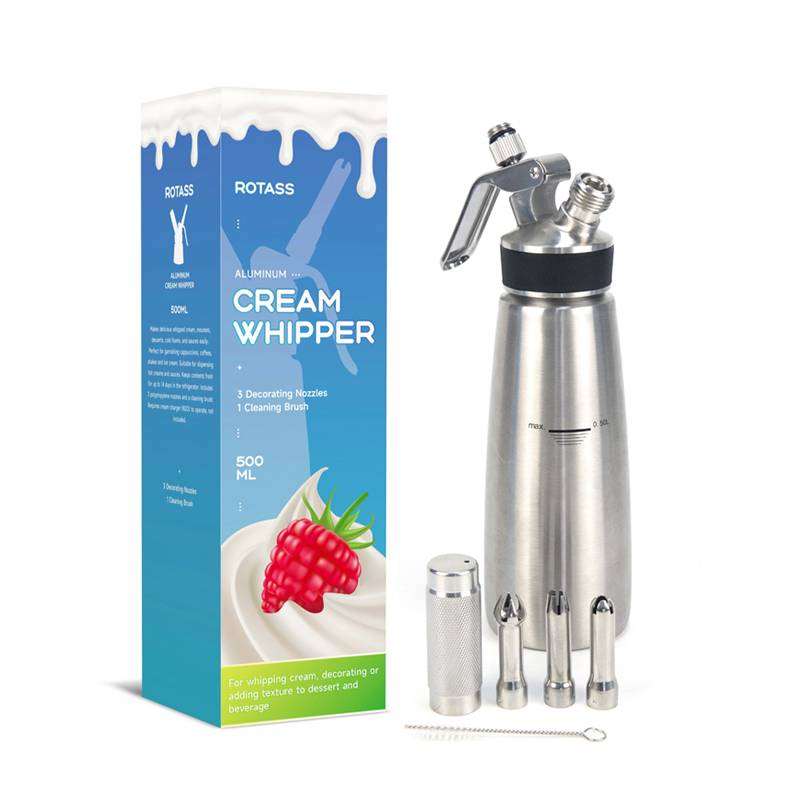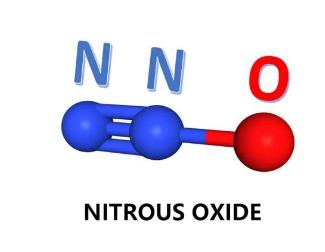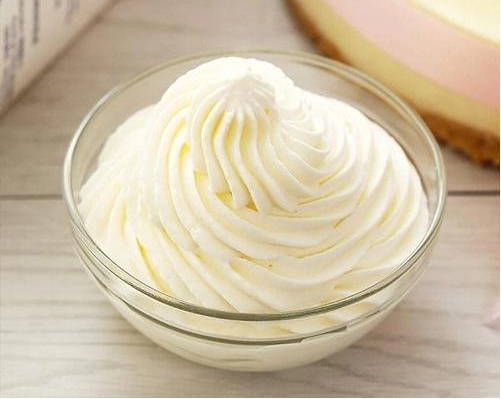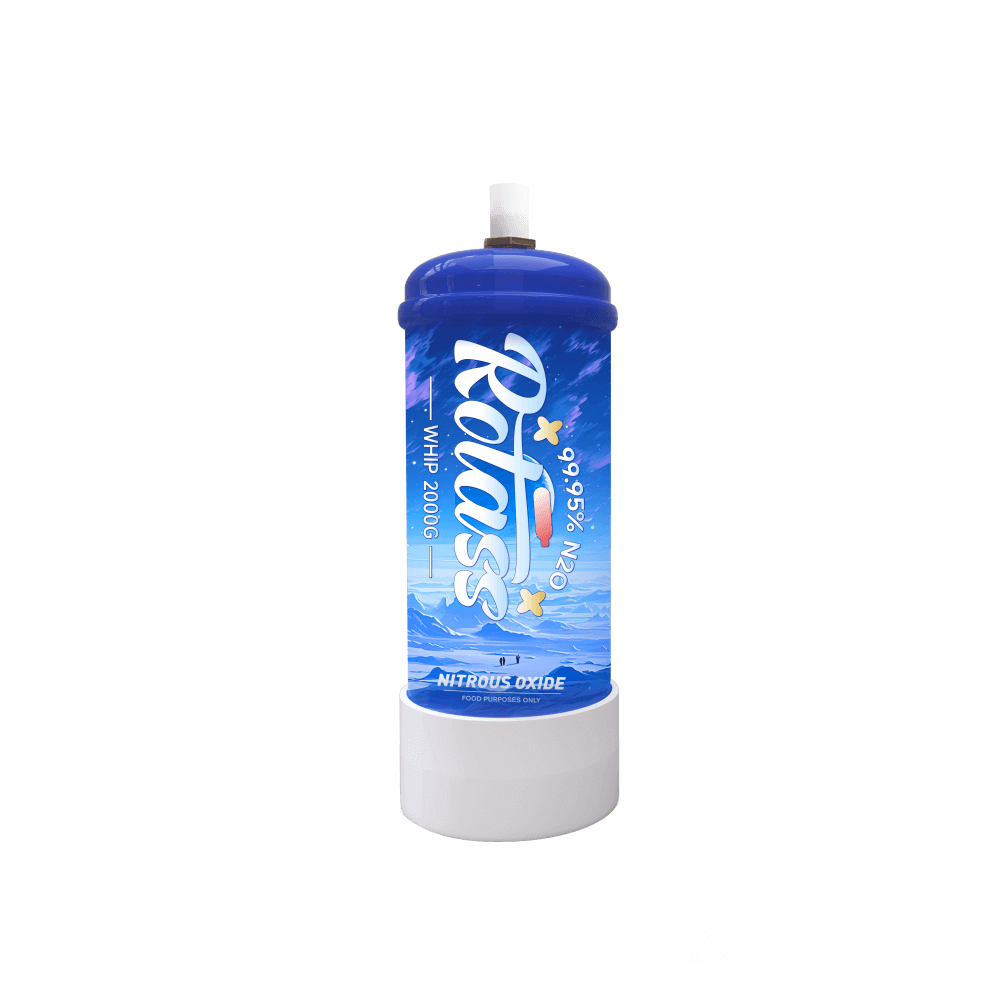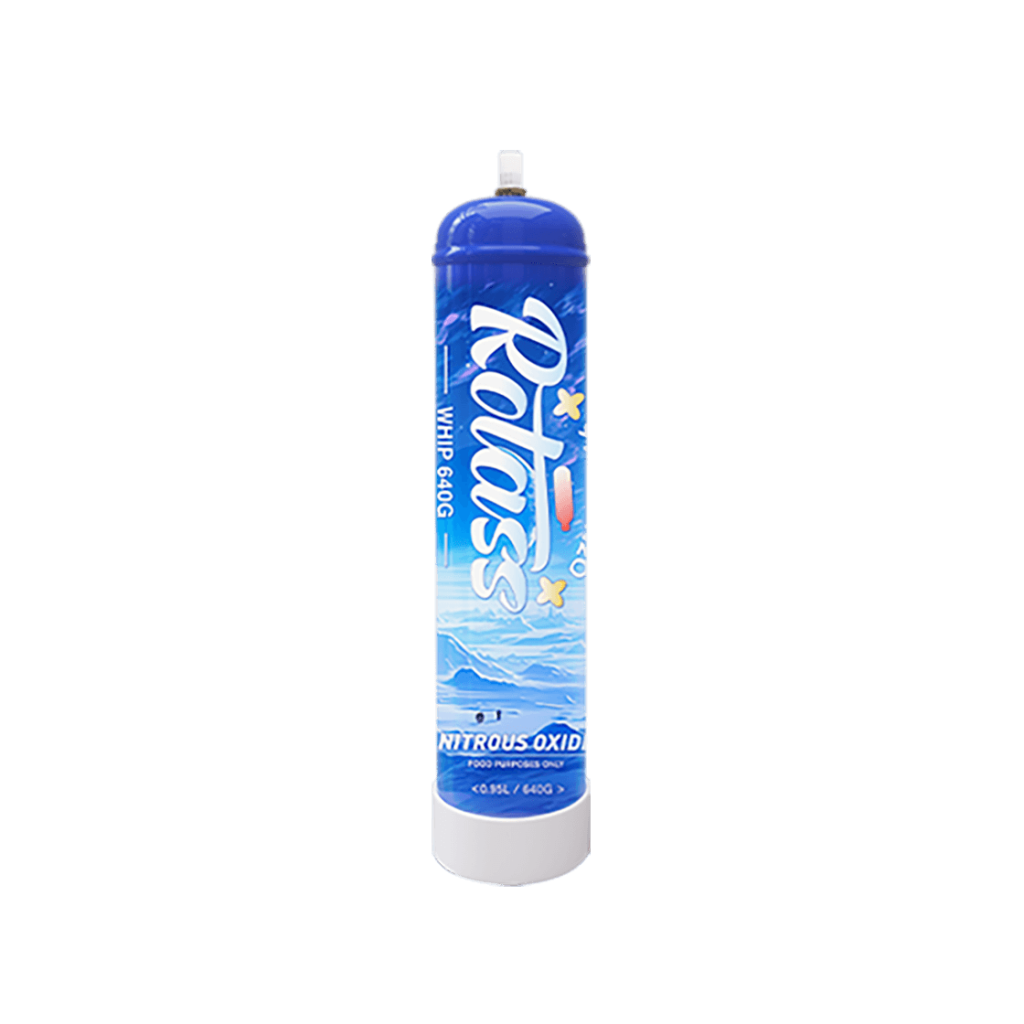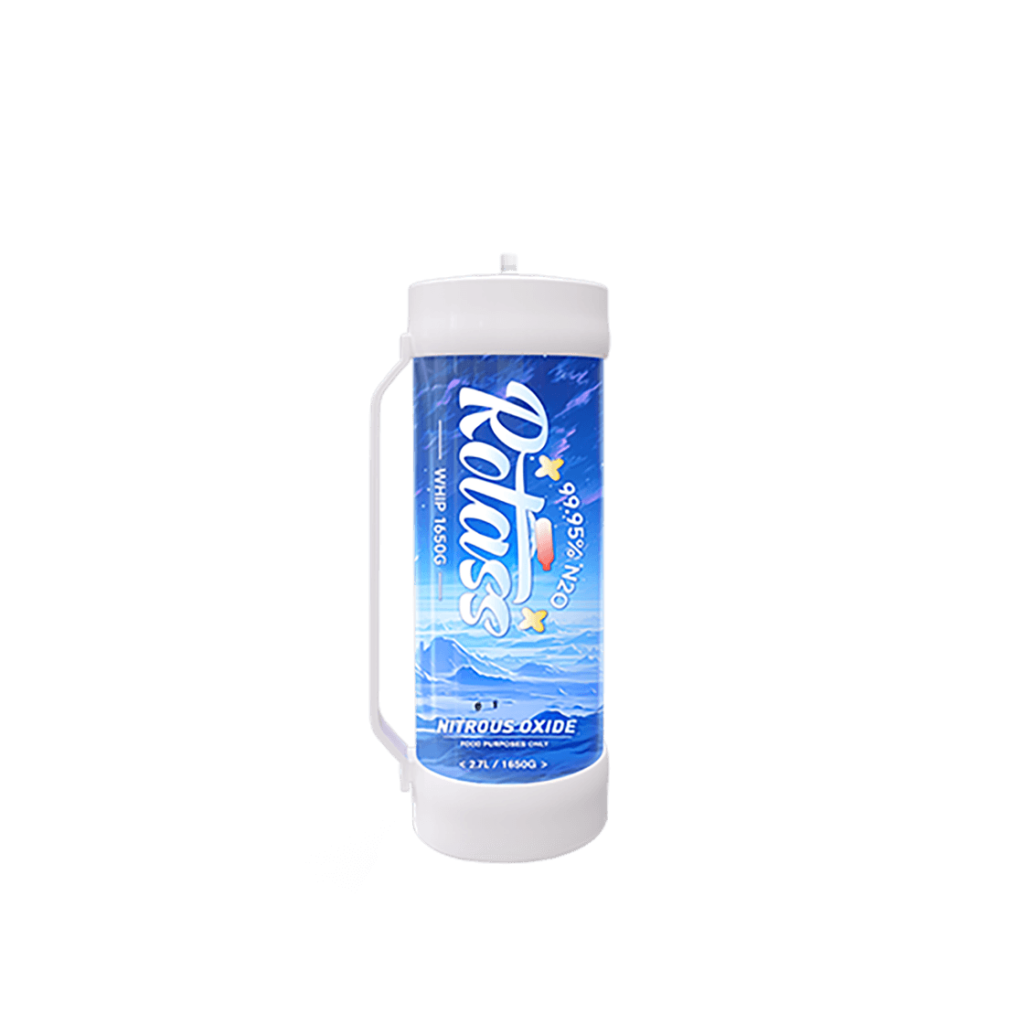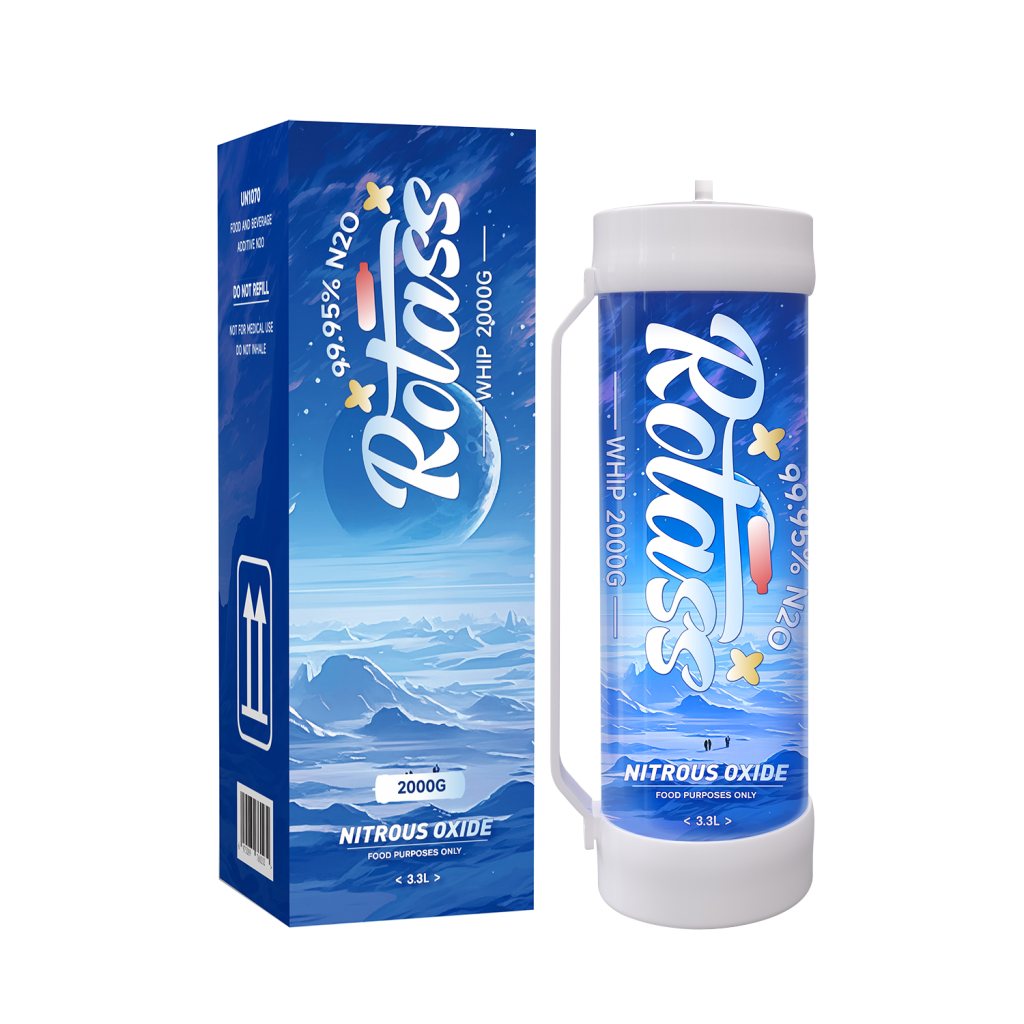2025 / 04 / 17
E942 Nitrous Oxide Cylinders: China’s Role and the Rise of Flavored
Table of Contents
Nitrous oxide (N₂O), also known as laughing gas, has long been used for a wide range of purposes — from medical anesthesia to food-grade whipping agents. In recent years, global interest in food-grade nitrous oxide, particularly labeled as E942, has surged, thanks to the booming culinary, beverage, and hospitality sectors. With this growth, China has emerged as a leading force in the global nitrous oxide supply chain, playing a crucial role in the manufacturing and export of nitrous oxide cylinders, including emerging innovations such as flavored nitrous oxide.
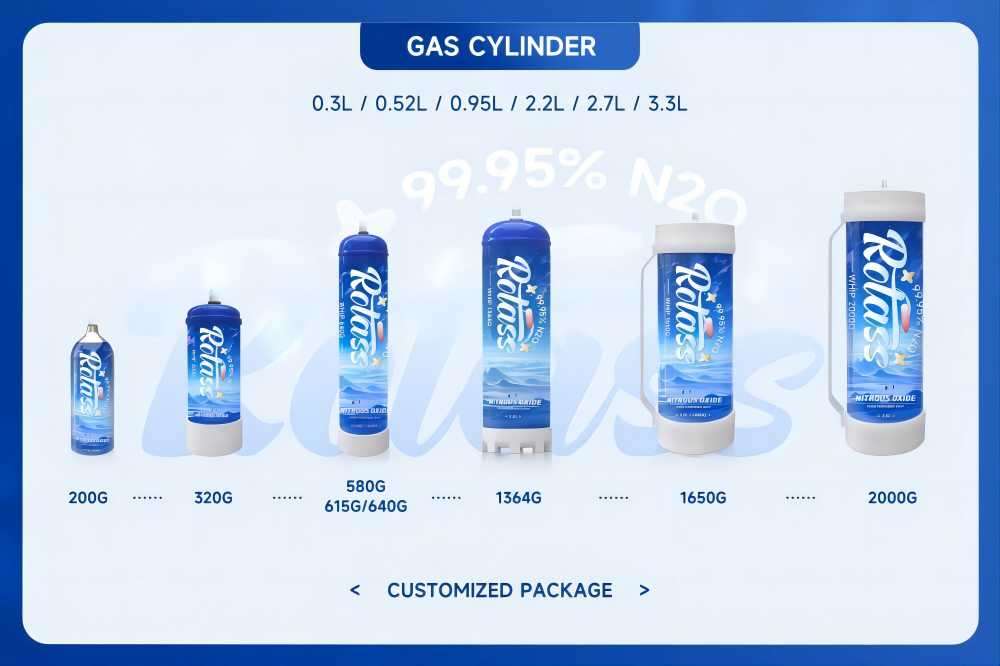
China’s Strategic Position in the Global Nitrous Oxide Market
China: A Nitrous Oxide Powerhouse
China is one of the world’s largest producers of nitrous oxide, accounting for a significant portion of the global supply. The country’s industrial scale, advanced production technology, and lower manufacturing costs make it a dominant player in this increasingly important chemical segment.
With dozens of large-scale N₂O manufacturing facilities, China maintains a robust and reliable production chain. The industry benefits from the country’s abundant access to raw materials, well-established chemical processing infrastructure, and strong governmental support for export-oriented manufacturing.
Competitive Advantages in Production
Chinese nitrous oxide manufacturers enjoy notable advantages in terms of cost, scale, and technical sophistication. Companies like Huayuan Gas and Rotass, for example, specialize in high-purity food-grade nitrous oxide E942, offering competitive pricing while maintaining international quality standards. These firms leverage automated production lines, advanced purification methods, and rigorous quality control to deliver consistent, safe, and high-performance products for both domestic and international markets.
Export Growth and International Demand
China’s nitrous oxide exports have steadily increased over the last decade, driven by rising global demand, especially from the United States and Europe. The growing popularity of gourmet culinary practices and the widespread use of whipped cream dispensers in cafes and restaurants have contributed significantly to this trend.
European and North American importers often rely on Chinese suppliers for their consistent capacity, cost-efficiency, and wide variety of nitrous oxide cylinders — from compact whippets to large-volume tanks used in commercial applications. As regulatory frameworks in many Western countries continue to evolve, Chinese exporters have adapted by ensuring compliance with food safety certifications like ISO 22000, CE, and TUV.
Nitrous Oxide E942: A Food-Grade Gas with Global Appeal
What Is Nitrous Oxide E942?
E942 is the European food additive code for nitrous oxide, which is primarily used as a propellant gas in whipped cream dispensers. It aerates cream instantly, creating the rich, fluffy texture found in cafés, dessert bars, and bakeries around the world. In addition to its functional role, E942 is also valued for its inertness and mild sweetness, which can subtly enhance certain food and drink profiles.
International Regulatory Standards
The use of E942 is legal and regulated across numerous regions. In the European Union, nitrous oxide is approved as a food propellant under Regulation (EC) No. 1333/2008. It is considered safe for consumption when used within approved limits. The U.S. Food and Drug Administration (FDA) classifies N₂O as “Generally Recognized As Safe” (GRAS), and the Codex Alimentarius also supports its use in food applications.
Asian countries, including China, Japan, and South Korea, have adopted similar standards. However, increasing scrutiny in some regions has led to discussions about more stringent control, particularly around non-culinary usage and abuse prevention.
Safe Use and Labeling
As a food additive, nitrous oxide E942 must meet high purity standards. Contaminants like hydrocarbons, sulfur compounds, and heavy metals are strictly regulated. Products intended for human consumption are labeled with clear usage instructions and safety warnings to prevent misuse or excessive inhalation, which can lead to health risks.
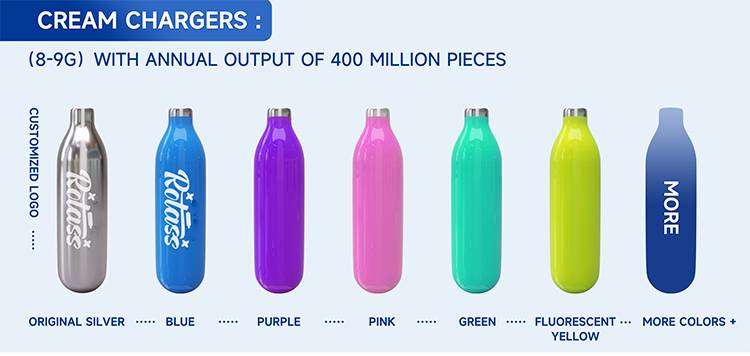
Nitrous Oxide Cylinders: Sizes, Applications, and Market Dynamics
Common Nitrous Oxide Cylinder Specifications
Nitrous oxide is typically packaged in pressurized containers called nitrous oxide cylinders. The two most common formats include:
Small 8g cream chargers (whippets): Widely used in home and commercial whipped cream dispensers.
Larger cylinders (580g, 640g, and beyond): Designed for continuous or high-volume use in restaurants, cafes, and bars.
Cylinders are made from high-grade aluminum or steel, designed to withstand internal pressure safely. Some are disposable, while others can be refilled for sustainable usage.
Usage Nitrous Oxide Cylinders
Nitrous oxide cylinders are indispensable in the food and beverage industry. From creating delicate foams in fine dining dishes to infusing nitrogen bubbles in specialty coffees and cocktails, these gas cylinders play a central role in modern gastronomy. They are also widely used in beverage carbonation and flavor diffusion systems.
In addition to food applications, nitrous oxide cylinders are used in recreational settings, although such uses are often controversial and increasingly regulated.
Nitrous Oxide Cylinders Storage and Transportation Guidelines
Proper storage is essential to ensure safety. Nitrous oxide cylinders should be kept in a cool, dry, and well-ventilated environment, away from heat or flame sources. Due to their pressurized nature, they must be handled carefully and stored upright.
Transporting N₂O cylinders, especially in bulk, may require compliance with dangerous goods transportation laws, depending on the jurisdiction. Many Chinese suppliers offer compliant packaging and certification to facilitate legal international shipping.
Demand and Distribution of Nitrous Oxide Cylinders
The demand for nitrous oxide cylinders is particularly high among bakeries, beverage vendors, and hospitality chains. With the rise of online commerce, many brands now offer direct-to-consumer sales through their official websites, wholesale platforms, and e-commerce giants such as Alibaba and Amazon.
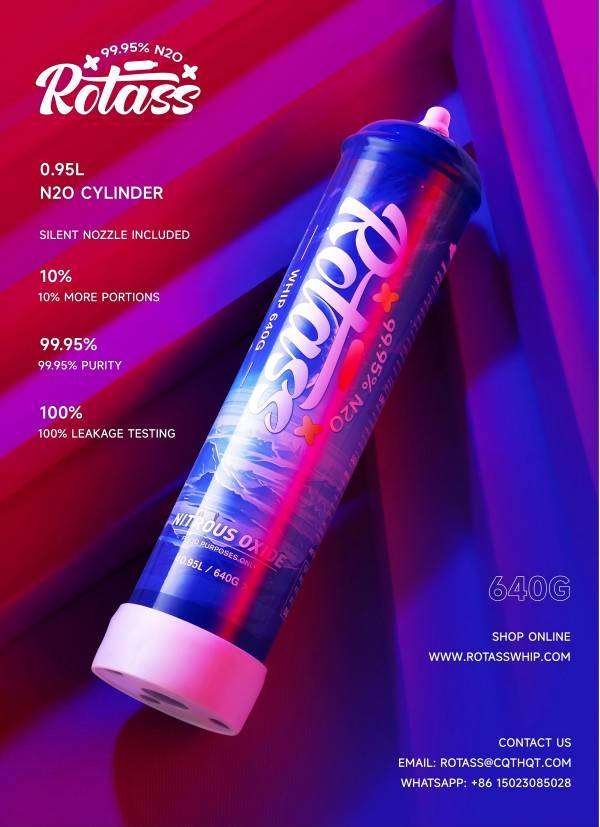
The Rise of Flavored Nitrous Oxide Products
What is Flavored Nitrous Oxide?
A relatively new trend in the N₂O market is flavored nitrous oxide — a product that combines traditional nitrous oxide with food-grade flavor additives such as mint, strawberry, or tropical fruit. These enhanced variants are primarily used in the beverage and culinary industries to create multi-sensory experiences.
By adding flavor to the gas itself, chefs and mixologists can infuse subtle aromatic notes into drinks and desserts, elevating the overall presentation and appeal.
Application of Flavored Nitrous Oxide in Food and Beverage Industries
Flavored nitrous oxide is becoming a versatile tool for culinary professionals across various sectors. Its use spans multiple creative applications:
1. Specialty Coffee Shops
Baristas incorporate flavored nitrous oxide into whipped cream to enhance the overall drink experience. For example, mint- or vanilla-flavored N₂O adds a refreshing twist to mochas, lattes, or iced brews, elevating both taste and aroma.
2. Cocktail Lounges and Bars
Mixologists use flavored nitrous oxide in soda siphons and infusion chambers to create cocktails with complex, layered sensory profiles. Strawberry, citrus, or tropical flavors infused through N₂O add a subtle yet distinctive edge to signature drinks.
3. Upscale Restaurants and Dessert Bars
Chefs utilize flavored N₂O to generate culinary foams, mousses, or infused creams that complement plated desserts and savory dishes. The added flavor not only enhances taste but also contributes to the dish’s presentation and aroma.
4. Beverage Manufacturers and Sparkling Drink Producers
Some beverage companies are experimenting with flavored nitrous oxide in small-batch sparkling drinks and pre-mixed cocktails. The infusion process creates an aromatic fizz that adds both novelty and indulgence to the drinking experience.
This use of flavored N₂O aligns with the growing demand for experiential dining, where taste, smell, texture, and visual presentation are combined to craft memorable culinary moments.
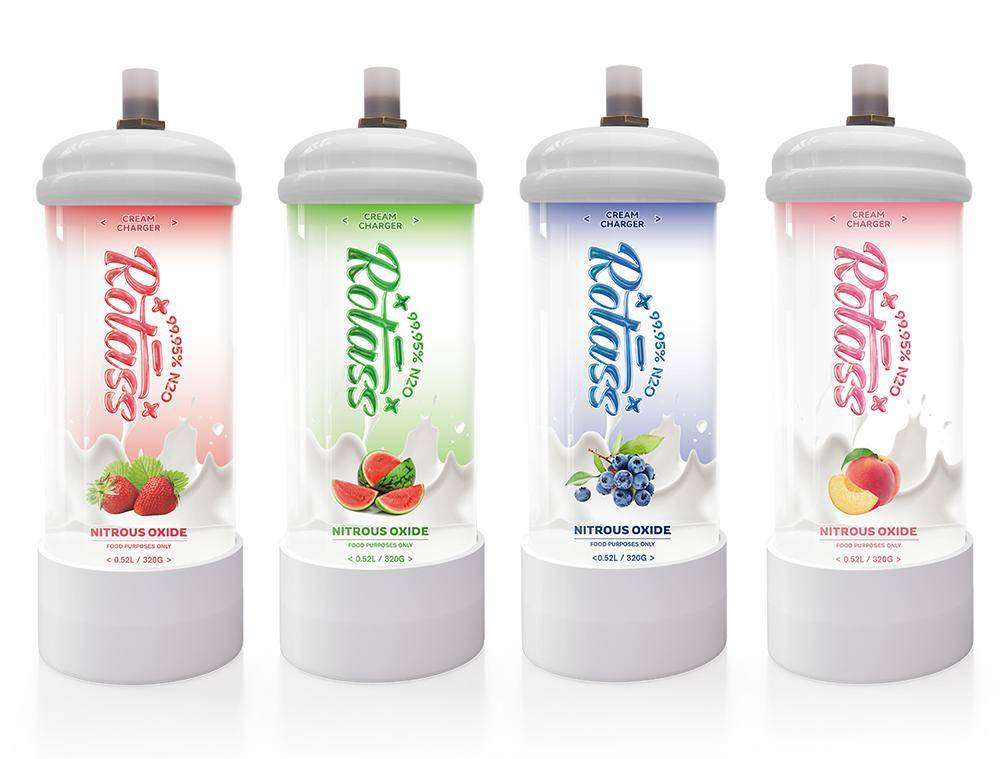
Why Has Flavored Nitrous Oxide Become Popular?
Several key factors are contributing to the rising appeal of flavored nitrous oxide in global food and beverage markets:
1. Consumer Desire for Customization
Today’s consumers seek personalized food and drink experiences. Flavored nitrous oxide allows chefs and baristas to tailor each creation with unique flavor notes, offering a customized and exclusive experience.
2. Visual and Sensory Appeal for Social Media
The colorful, aromatic results of flavored N₂O usage are highly shareable on platforms like Instagram and TikTok. These visually appealing products drive social media engagement and boost brand exposure for cafes, bars, and restaurants.
3. Premiumization and Product Differentiation
Adding flavors to nitrous oxide enables brands to stand out in competitive markets. Products infused with exotic or seasonal flavors can be marketed as premium offerings, allowing for higher price points and increased perceived value.
4. Innovation by Chinese Manufacturers
Chinese nitrous oxide suppliers are beginning to develop and export flavored nitrous oxide variants, tapping into international demand. These manufacturers are experimenting with a wide range of food-safe flavorings and are positioning themselves as leaders in this emerging niche.
Safety Considerations for Flovored Nitrous Oxide Using
Despite their popularity, flavored nitrous oxide products present potential health concerns. The addition of artificial or natural flavor compounds introduces new variables, including inhalation safety and food-grade compliance. While standard E942 regulations apply to unflavored N₂O, flavored versions often operate in a regulatory grey area.
Some health professionals have expressed concern over flavored N₂O’s appeal to recreational users, particularly due to the risk of inhalation abuse. As a result, clearer guidelines and more comprehensive testing are needed to ensure both safety and regulatory alignment.
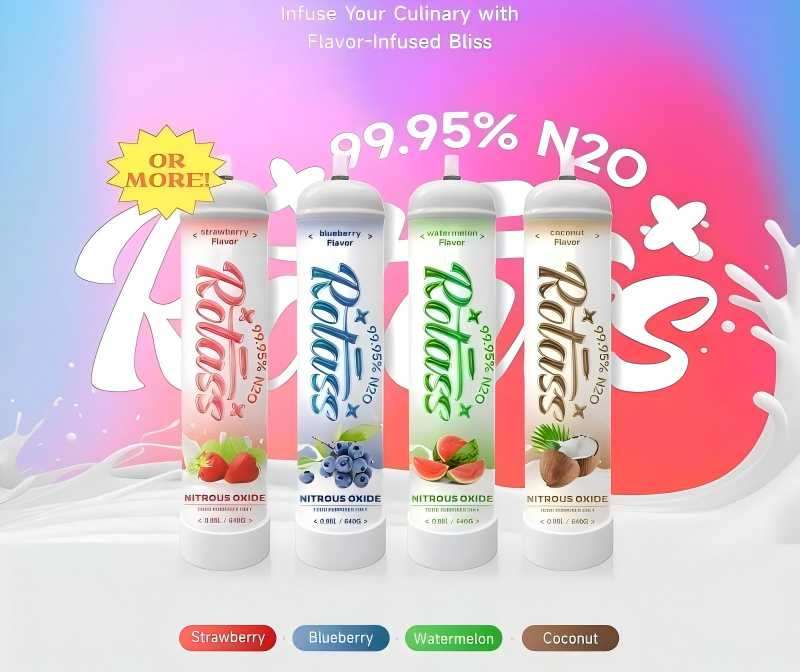
Final Words
As demand for food-grade nitrous oxide E942 continues to grow, China remains a central hub in the global supply chain, offering high-capacity production, reliable quality, and competitive pricing. The expansion of nitrous oxide cylinder applications — from whipped cream to high-end beverages — demonstrates the gas’s versatility and commercial importance.
Meanwhile, the emergence of flavored nitrous oxide represents a bold new frontier in culinary innovation. Though it brings exciting opportunities for creative expression, it also underscores the need for responsible production, regulation, and consumer education.
In this evolving landscape, China’s ability to adapt and lead in both standard and specialty nitrous oxide markets will shape the industry’s global future.

